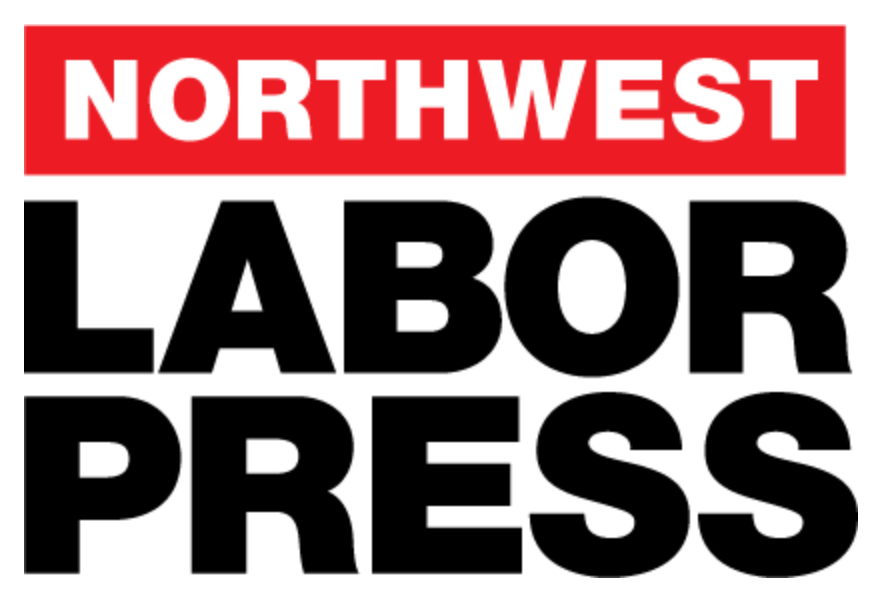Union membership hit a new 40-year low in 2023 as a percent of the U.S. workforce: 10.0%. That’s down just a hair from 2022, when it was 10.1% according to the most recent annual report by the U.S. Bureau of Labor Statistics (BLS). In 1983, first year BLS produced the data with comparable methods, the union membership rate was 20.1%.
Altogether, there were 14.5 million U.S. union members in 2023, and another 1.8 million who work under a union contract but don’t pay union dues.
Among private sector workers, the union membership rate was 6.0%, unchanged from the previous year. The rate was 32.5% among public sector workers, a drop from 33.1% in 2022.
Union-represented workers continue to out-earn their non-union counterparts on average: Median weekly earnings were $1,090 for non-union workers, 86% of the $1,263 a week that union members made.
Workers aged 45 to 54 were the most likely to be union members — 12.6%. Least likely were workers aged 16 to 24, 4.4%.
Once again, Hawaii, New York, and Washington were the top three most unionized states, and North and South Carolina were the least unionized.
Oregon was the ninth most unionized state, with union members making up 14.1% of the workforce. That’s down from 15.0% in 2022, but the drop should be taken with a grain of salt. The BLS report’s methodology results in year-to-year fluctuations at the state level that may not be meaningful, especially among states with smaller populations, like Oregon. (The data comes from one quarter of respondents to a monthly survey of about 60,000 eligible households, collected as part of the U.S. Census Bureau’s Current Population Survey.)
Meanwhile, California was #6 with 15.4%, and Alaska was #7 with 14.8%. Idaho was #42 with 4.5%.
FIVE MOST UNIONIZED STATES
- Hawaii 24.1%
- New York 20.6%
- Washington 16.5%
- New Jersey 16.1%
- Connecticut 15.9%
FIVE LEAST UNIONIZED STATES
- South Carolina 2.3%
- North Carolina 2.7%
- South Dakota 3.6%
- Utah 4.1%
- Arizona 4.2%


